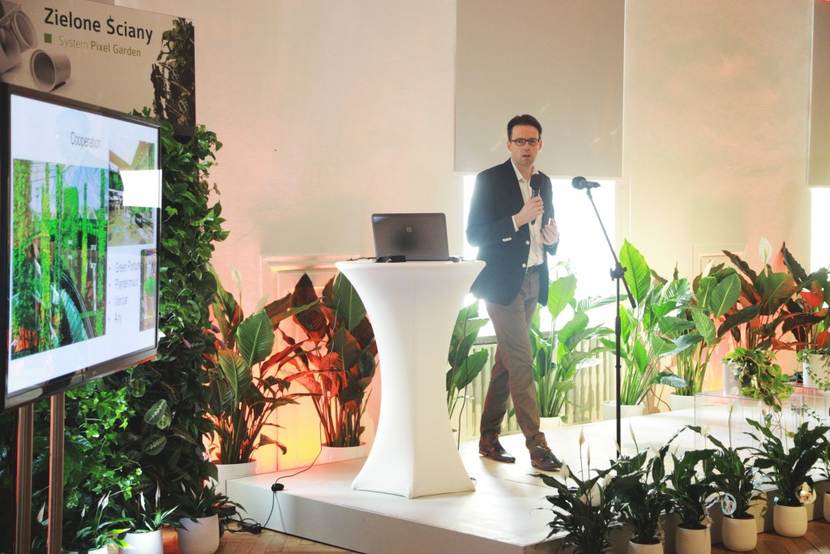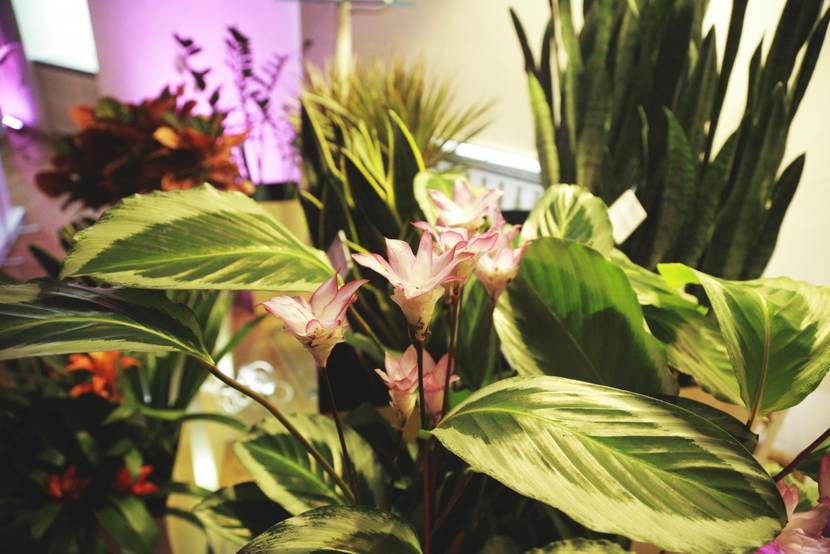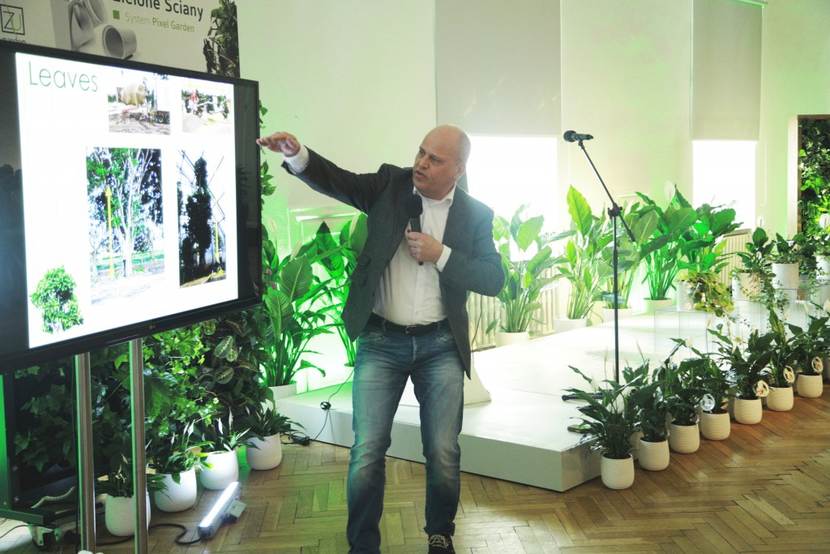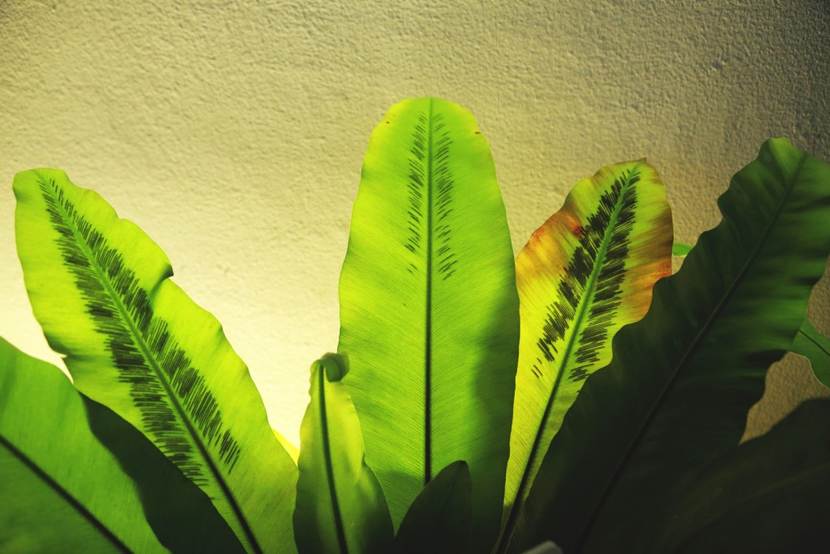Advantages of green and light
In winter time we lack both ‘Green and light’ , which is why the conference about the positive influence of ‘Green and Light’ on people’s well being organized by the Embassy together with Łazienki Królewskie Garden attracted so many guests.

On one hand, the modern world and civilizations achievements make our lives easier and more comfortable. On the other hand, industrialization brings plenty of dangers and threats to human health and wellbeing. Outdoors we are affected by air pollution, i.e. the well-known smog, but also carbon dioxide and carbon oxide, sulfur dioxide, nitric oxide, all kinds of toxic dusts and many other are often detected in the air, especially during winter time. Indoors we are affected by chemical compounds in construction materials, in cleaning products, paints, carpets, office equipment emitting various unhealthy substances and allergens. Additionally, we are affected regularly by cigarettes polluting the air, bad lighting, air conditioning, closed air circulation in offices.
Primary thoughts regarding the strengthening and improving of our health are related to sport, fitness, food, hospitals and medicines. Based on scientifically proven research, it is clear that also light and green have positive benefits on our health. Green and light are not just visually pleasant, it has also been proven that they have positive effects on health.

Green plants are very healthy
Green plants are very healthy, it is scientifically proven that plants are natural air cleaners. They create oxygen and help remove chemicals like formaldehyde, improve humidity and remove harmful chemicals from our air. They create a healthier and more comfortable space around us in our homes and in our offices. They help prevent breathing and neurological problems, so in the end they bring us more wellbeing, higher productivity, less illness and fewer absences from work.
Light also has great impact on humans. Design lighting systems can help promote exposure to natural light, help set the circadian rhythm and improve human performance in the workplace and at schools. The colour of light also plays an important role when it comes to peoples mood: daylight-white light has an energizing effect, warm-white light has a relaxing effect. Proper lighting can ensure greater sense of wellbeing, enhanced performance and concentration. Natural lighting via design lighting systems can also help the elderly residing in assisted living or long-term care facilities.

Impact on health
The combination of both elements, namely well-chosen plants together with light can make a huge impact on our health and well-being, people spend up to 90% of their time in closed buildings- stressed Dr. Paweł Morawski from Philips during the conference.
The Netherlands has been promoting sustainability and green solutions for a number of years, so the combination of plants and light with sustainability and health is a natural consequence of this course.
The location of the conference, Łazienki Królewskie Park was chosen wisely. One of the speakers at the conference, prof. Gawroński from the University of Life Sciences in Warsaw admitted that Łazienki Królewskie is one of few parks in Europe with such a huge green area in the centre of a city and indeed Łazienki are the true green lungs of Warsaw.

Positive influence of greenery
The Agricultural Counsellor, main organizer of the conference, said that all participants of the conference are convinced about the positive influence of greenery, mainly due to its ability to draw air pollution and humidify from the air. We also feel that with light it is much easier to fight winter depression and other diseases connected to modern civilization. It is worth sharing the knowledge about the positive aspects of green and light on our health, but we should also secure enough light and greenery in our surroundings to feel better. ‘Nature doesn’t need us, but we need nature’- concluded Martijn Homan.